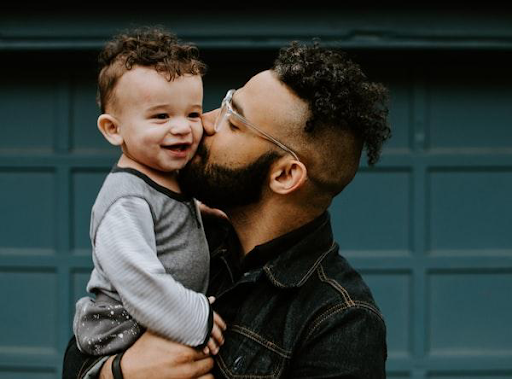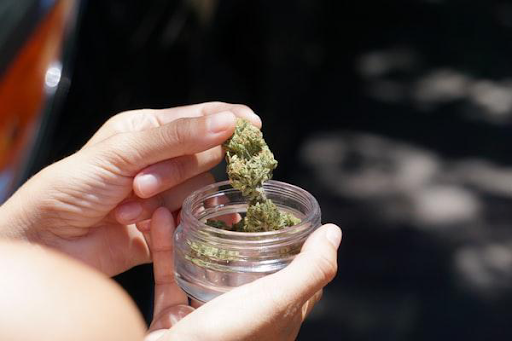
As the legalization of marijuana continues to spread across the United States, it’s important to understand responsible usage and storage methods This includes child-proofing any containers that store your marijuana. Keep reading to learn more about why this is so important.
Child-proofing prevents accidental ingestion.
Marijuana is becoming increasingly available throughout the United States as more states move to legalize it, which means that there is an increased potential for accidental ingestion of marijuana by children. Using a child proof container is an easy way to help prevent accidental ingestion and therefore keep children safe.
Many people may not realize this, but marijuana can be extremely harmful to children. It is the second most commonly ingested substance that leads to calls to poison control centers. Marijuana can cause seizures, comas, and even death in small children. This is why it’s so important to take the necessary precautions to keep your marijuana out of reach.
Child-proofing your containers is one way to do this. There are various products on the market that can help you keep your weed locked away from little ones. Some popular options include child-resistant closures like those used on bottles for prescription drugs, locking containers, or other forms of child-proof packaging.
Child-proof containers are the best way to keep your stash out of reach.
When it comes to storing marijuana, it’s important to use a child-resistant container. Marijuana containers come in a variety of shapes and sizes, so it’s important to find the right one for you. Some people prefer smaller containers that can be easily hidden, while others may want a bigger container that can store larger quantities. Whatever your preference, make sure the child-resistant container you choose is airtight and has a tight-fitting lid. This will help keep your marijuana fresh and prevent it from being exposed to moisture or pests.
There are many different types of child-proof containers available on the market today. Some of these containers are designed specifically for storing marijuana while others can be used for any type of medication or hazardous material. The most important thing when choosing a container is to make sure that it is sturdy and difficult for young children to open.
No matter what measure you take to child-proof your marijuana stash, always be vigilant and keep an eye on any potentially hazardous materials around your home. After all, you never know where your curious child might wander!
Educate your children about marijuana.

Marijuana is a psychoactive drug that can cause hallucinations, anxiety, and paranoia in adults. In young children, it can cause problems with learning, memory, and attention span. Young children who eat or drink marijuana products can also experience extreme drowsiness, confusion, and even coma.
Marijuana is a drug that is used for medicinal or recreational purposes. For many people, marijuana is considered to be a safe drug. However, like any other drug, marijuana can be dangerous if it is not used safely.
It’s important to talk to your children about the potential dangers of marijuana. Explain what marijuana does to adults and tell them that they should never eat or drink marijuana products if they don’t know what they are. Teach them how to say no if someone offers them marijuana and remind them that they can always come to you if they have any questions or concerns about drugs.
Marijuana is a powerful drug that should be treated with caution.
Using marijuana can affect brain development in young children and may lead to problems with learning and memory. It can also increase the risk of developing mental health problems, such as depression, stress, anxiety, and schizophrenia. Marijuana use has also been linked to an increased risk of addiction later in life.
It’s important to keep marijuana out of the reach of children, who are more vulnerable to its negative effects. Child-resistant marijuana containers are one way to help protect kids from accidental exposure.








